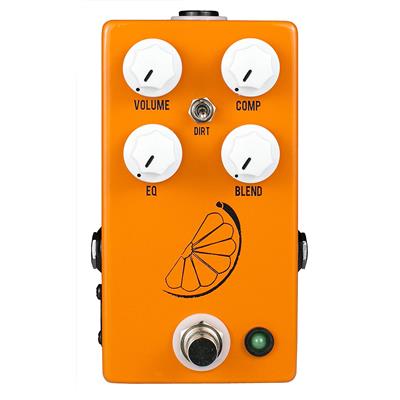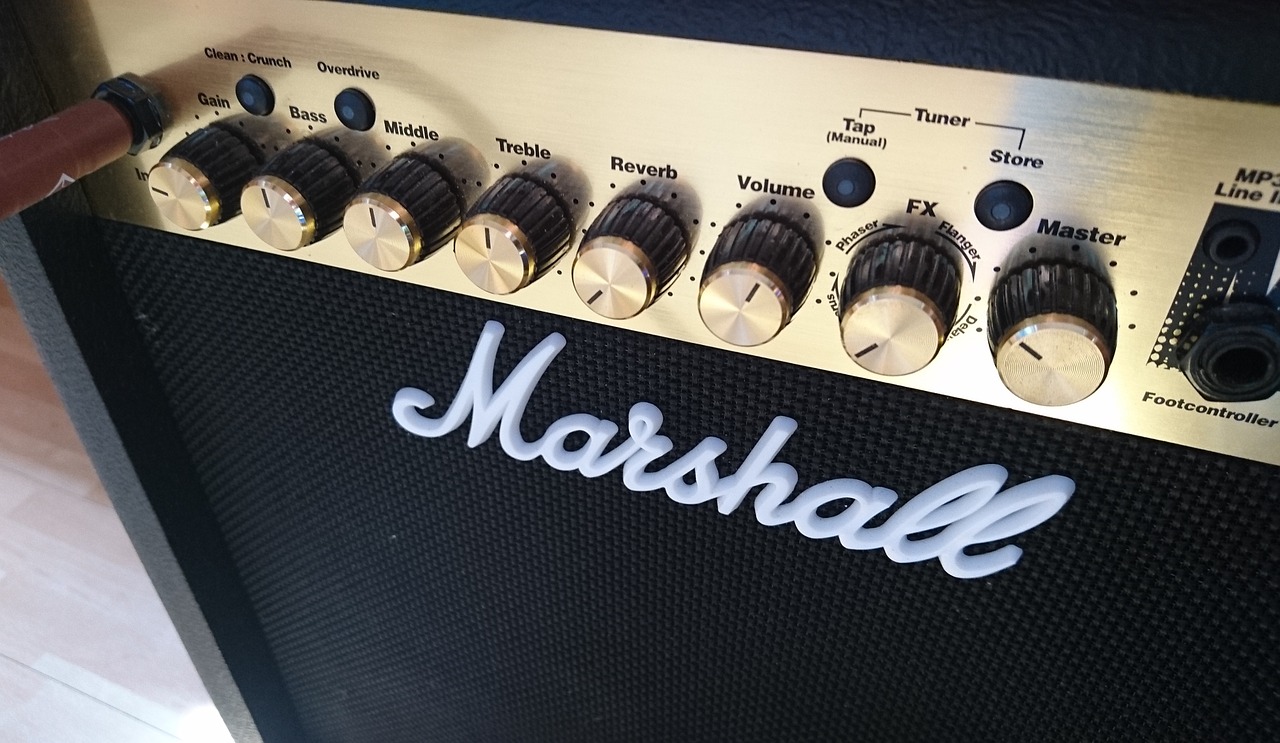| Build Quality: |  |
| Hardware: |  |
| Electronics: |  |
| Sound: |  |
| Value: |  |
| Average: |  |

Pros:
- Extremely durable
- Easy to operate
- Quality sound
- Flexible and versatile
Cons:
- Does not have a true bypass
- Can be a bit noisy
Let’s just say that the world of musicians is roughly divided between those you love Boss pedals and those who look down on them. Such controversy accompanies each and every release and there is an interminable battle of opinions. Some complain about the sonic quality, while others adore their usability and convenience. It is really hard to pick sides here unless you take a risk yourself and purchase their products. If you do so, you can have your own impression and judge with it. That is exactly what I did when I purchased my first Boss pedal. Some of their units are absolutely fantastic, while others have certain flaws that might concern picky players. The main thing you should keep in mind that you just have to take their stompboxes with a grain of salt: they will do what they promised to beautifully, but might have some issues that you will dislike. Usually, those issues can easily be tackled and then you are left with a beautiful rig. What makes these pedals distinctive is their price – they are not high end but not too cheap either. Well, today we are going to talk about their BF-3 – a flanger that will be a perfect solution to all your modulation problems. Without further ado, let’s get started!
Features
The feature set of Boss BF-3 is definitely broad and laden with properties. It offers more than you would expect and, thus, takes versatility to a whole new level. I will not go down the road of appraising the build quality of this one, since that is something we all know perfectly well. This baby is annoyingly sturdy – it will not break even if you wanted it to. The design is typical of the brand as well – do not expect any novelties from it since you will not get any (which is perfectly fine since I like that bulky and chunky look). More importantly, BF-3 offers three different flange modes: Standard, Ultra and Gate/Pan. This means that you can easily access diverse sounds and make the effect layered and more interesting. This bad boy does also have a dedicated input for bass, as well as stereo outputs to add spatial feel to your performance. One of the most distinctive virtues of this one is a Tap Tempo function. You can tap in the desired rhythm on the fly and play along with it. In addition, BF-3 can operate in Latching or Momentary modes. The former is the factory setting (and indicates on a single tap that you need for activating the unit), while the latter can be chosen with a Mode selector and enables you to press and hold for triggering the effect. This way you can add flange to the exact piece you want and simply lift off your foot when you are done. Typically, BF-3 runs on a single 9V battery or an adapter – easy stuff! As you can see, this puppy is not joking around – it is equipped with interesting features that will help you in creating textured and dimensional sounds. Thumbs up, Boss!
Controls
Since Boss always wants to fit multiple functions on a typical four-knob layout we usually have dual encoders or the knobs that have several duties. BF-3 is not an exception either and has similar configuration. It provides us with 5 switches that make it easy to adjust various parameters on the fly. It will take you a tiny learning curve to grasp every assignment of each encoder, but you will get there soon enough. Let’s take a look at the control set we have here.
First on the panel you will see a dual knob that combines Manual and Resonance. The former modifies the center frequency that is affected with flange and lets you take the effect from low to high; the latter alters the amount of feedback and allows you to resonate whatever you play. Then we have Depth and Rate, which determine the sweep depth and effect speed, respectively. The last knob we have here is Mode, which enables you to choose between Ultra, Standard, Gate/Pan or Momentary modes. The bottom part of the pedal features the ginormous footswitch that lets you trigger the effect whenever needed. As you can see, the functions of each control are easily understandable, you just have to learn where everything is placed and you will be good to go.
Boss BF3 Sound
Though we started this article with the attitude that this one could have been a hit or miss, let me tell you now that it is definitely a hit. BF-3 is a digital pedal and that character crawls to the surface from time to time, which is not a negative point (at least for me). This thing still retains the original nature of your instrument while adding swirls and whooshes to it. The effect is still recognizable and perfectly audible even at lower settings, while maintaining the definition when maxed out. This means that you get a good range on each control, allowing you to set everything to your liking. The available modes are a wonderful way to take your performance up a notch: Standard is your typical flange, Ultra is a bit more extreme than standard, Gate/Pan amplifies the volume in mono settings and creates a really dimensional effect in stereo as it throws your signal from left to write and convinces you that things are spinning around. The momentary function gives you precision and accuracy that some of us might lack from certain units. Keep in mind that it does not have a true bypass so do not judge it too strictly if some tonal interference occurs.
Conclusion
No matter what anyone says, if you like something that is your choice and nobody can judge you. That is how I feel about Boss pedals that make perfect sense and work wonderfully for my setup. BF-3 is a simple unit that can easily steep your sound with the craze of flange effect. What’s not to love?
Click here to view more from 10 Best Flanger Pedals.






